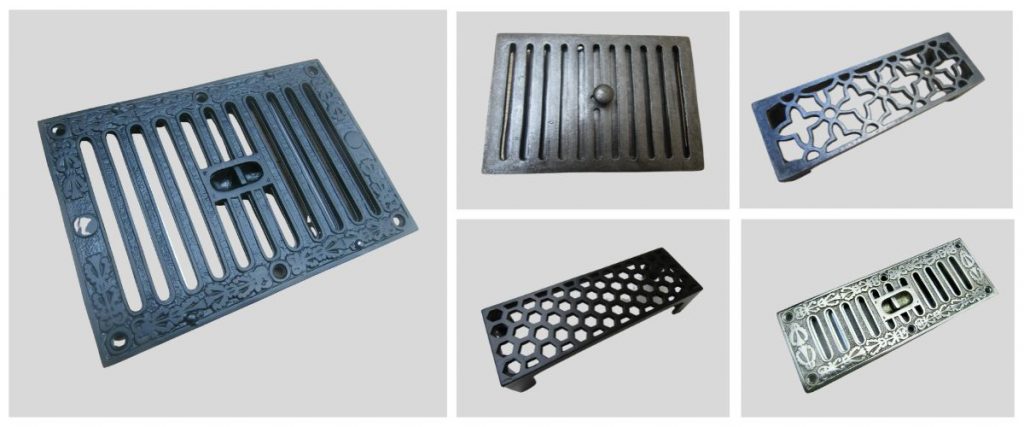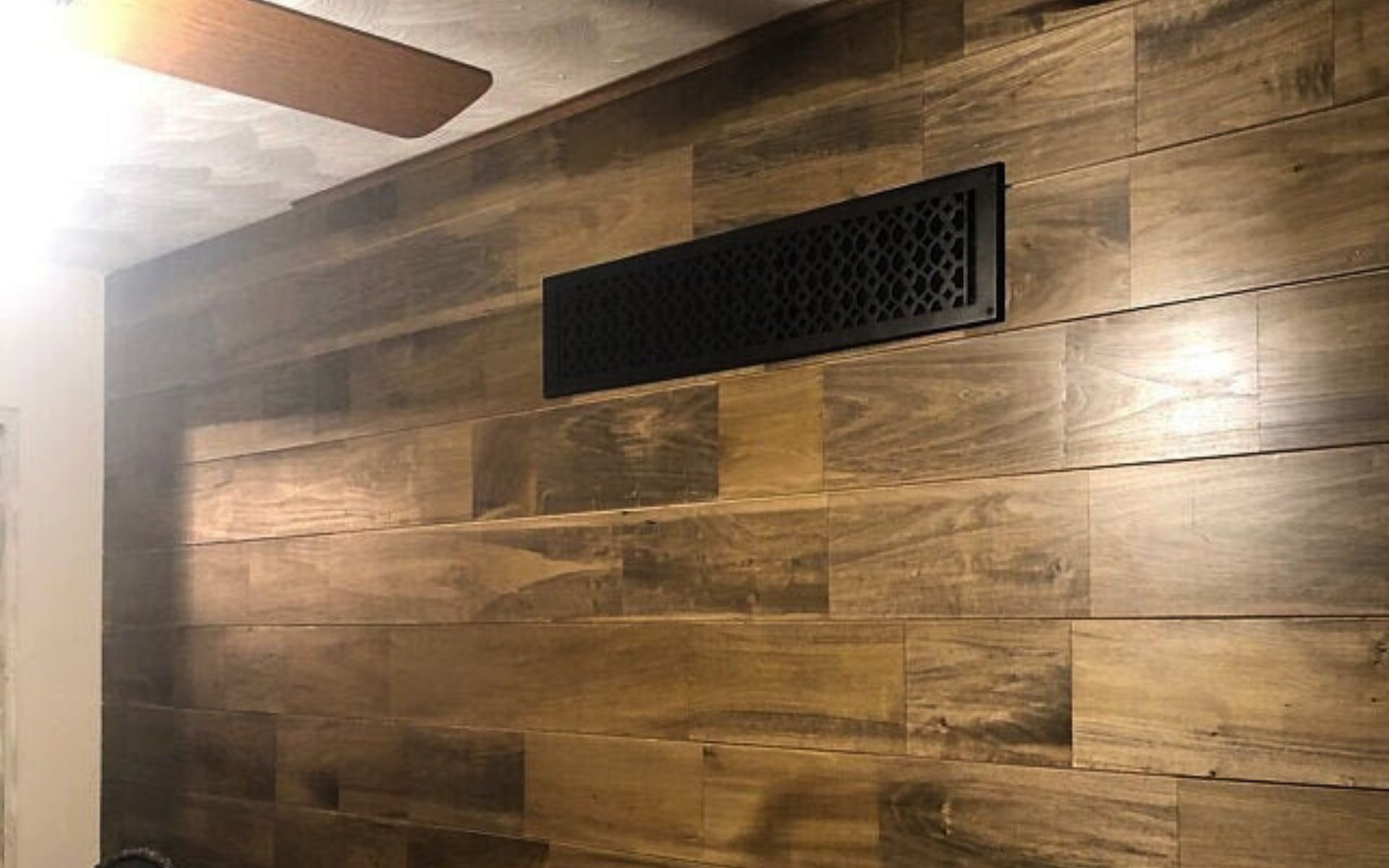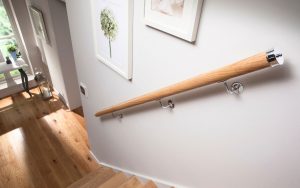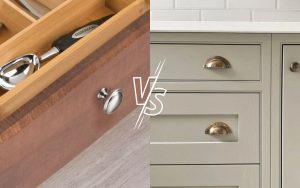Air vent covers are essential components for any heating, ventilation, and air conditioning (HVAC) system. They help to control the flow of air into and out of a room, providing optimal temperature regulation and air quality. Choosing the right ventilation grill for your project can be a daunting task, but with a few key considerations, you can find the perfect fit.
Tips to Choose the Right Air Vent Cover
1. Determine the Size of the Duct Vent Cover needed
The size of the internal air vent covers is an important factor to consider. If the cover is too small, it may not provide enough airflow, which can lead to reduced efficiency of your HVAC system. If it’s too large, it may not fit properly and could look unsightly. Measure the opening of the air vent and choose a cover that matches the size.
2. Consider the Design Style
The design style of the vent grill covers is another critical factor to consider. The cover should blend in with the surrounding decor and complement the room’s overall design. There are a variety of designs available, including traditional, contemporary, and decorative, so choose one that suits your taste and style.
3. Determine the Material
Air vent covers are typically made from various materials, including wood, metal, and plastic. Consider the durability, maintenance requirements, and aesthetics of each material before making a decision. Metal covers are often more durable, while wooden covers are more traditional and can add warmth to a room.
4. Evaluate the Air Flow Requirements
Different areas of your building or home may require different airflow requirements. For example, a kitchen may need more airflow than a bedroom. Consider the amount of airflow required for each room and choose a vent cover that meets those needs.
5. Check the Noise Level
Some air vent covers can produce noise when the HVAC system is running. If noise is a concern, choose a cover that is designed to be quiet.
6. Determine the Installation Method
There are different types of installation methods available, including surface mount, flush mount, and drop-in. Choose a cover that is compatible with your air vent and the installation method you prefer.
7. Consider the Location of the Air Vent
The location of the air vent is another important factor to consider. For example, if the air vent is in a high-traffic area, you may want to choose a cover that is more durable to withstand wear and tear. If it’s in a less visible area, you may prioritize function over aesthetics.
8. Look for Additional Features
Some air vent covers come with additional features that can enhance their functionality. For example, some covers have adjustable louvers that allow you to control the direction and intensity of the airflow. Others may have filters that help to improve air quality by capturing dust and other allergens.
9. Consider Maintenance Requirements
Air vent covers require maintenance to ensure they continue to function optimally. Some covers may require more maintenance than others, such as wooden covers that need to be periodically treated to prevent warping or cracking. Consider the maintenance requirements of each cover before making a decision.

Check more Air Vent Covers
10. Evaluate the Cost
Air vent covers come in a wide range of prices, depending on the material, design, and features. Determine your budget and choose a cover that meets your needs while staying within your budget.
11. Check for Compatibility with your HVAC System
Not all air vent covers are compatible with all types of HVAC systems. Ensure that the cover you choose is compatible with your specific system to ensure optimal performance.
12. Look for Energy-Efficient Options
Some air vent covers are designed to be more energy-efficient than others. They may have insulation or other features that help to reduce energy consumption, which can save you money on your energy bills.
13. Consider the Color and Finish
Air vent covers come in a variety of colors and finishes. Choose a cover that matches the existing color scheme of your room or opt for a contrasting color to make the cover stand out as a design feature.
14. Check for Warranties and Return Policies
Before purchasing an air vent cover, check for warranties and return policies. This will ensure that you can return the cover if it doesn’t fit properly or if there are any defects.
15. Read Customer Reviews
Finally, read customer reviews before making a purchase. This will give you an idea of the quality of the product and whether it’s a good fit for your needs.
16. Choose a Reputable Manufacturer
When purchasing an air vent cover, it’s important to choose a reputable manufacturer. This will ensure that you’re getting a high-quality product that is built to last. Look for manufacturers that have been in business for a long time and have a good reputation for producing quality products.
17. Consider the Purpose of the Room
The purpose of the room where the air vent is located can also influence your choice of air vent cover. For example, if the room is a home office or study, you may want a cover that is quieter and has a more subtle design. If it’s a children’s playroom, you may want a cover that is more durable and easier to clean.
18. Think about the Placement of Furniture
Consider the placement of the furniture in the room when choosing an air vent cover. You want to make sure that the cover doesn’t obstruct the flow of air or interfere with the placement of furniture. Consider a low-profile design or a cover that blends in with the surrounding flooring or walls.
19. Check Local Building Codes and Regulations
Before making a final decision, check local building codes and regulations to ensure that the air vent covers you choose meet any requirements or restrictions.
20. Consult with a Professional
If you’re unsure about which ventilation grill to choose or have unique requirements for your project, consider consulting with a professional HVAC contractor. They can provide expert advice and help you select the best air vent cover for your needs.
Read Also: How to Install a Staircase Handrail?
Final Thoughts
In summary, choosing the right internal air vent covers for your project involves careful consideration of many factors. By evaluating the size, design style, material, airflow requirements, noise level, installation method, location, additional features, maintenance requirements, cost, compatibility, energy efficiency, color and finish, warranties, customer reviews, manufacturer reputation, the purpose of the room, furniture placement, and local building codes and regulations, you can find the perfect vent grill covers to meet your specific needs and enhance the functionality and aesthetics of your HVAC system.
Thanks for Reading!
Forward this article to your friends who want to know tips for choosing the right duct vent cover.



